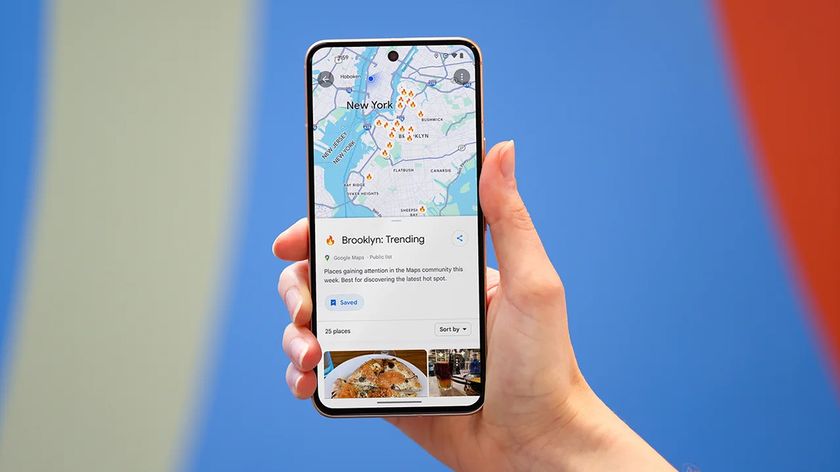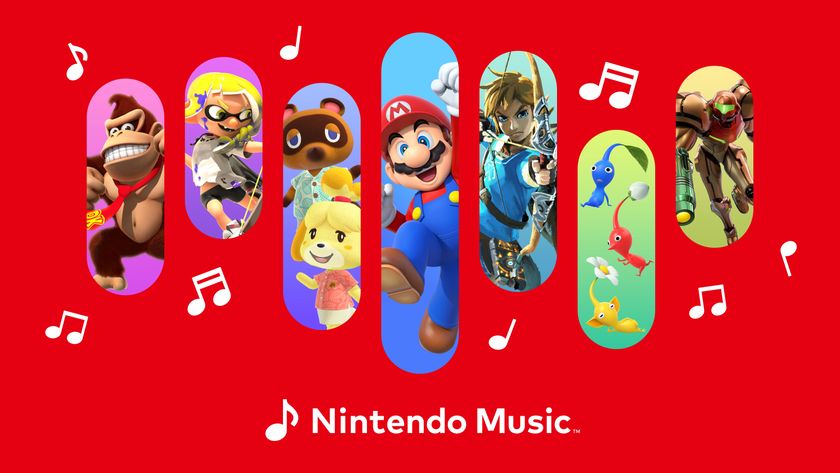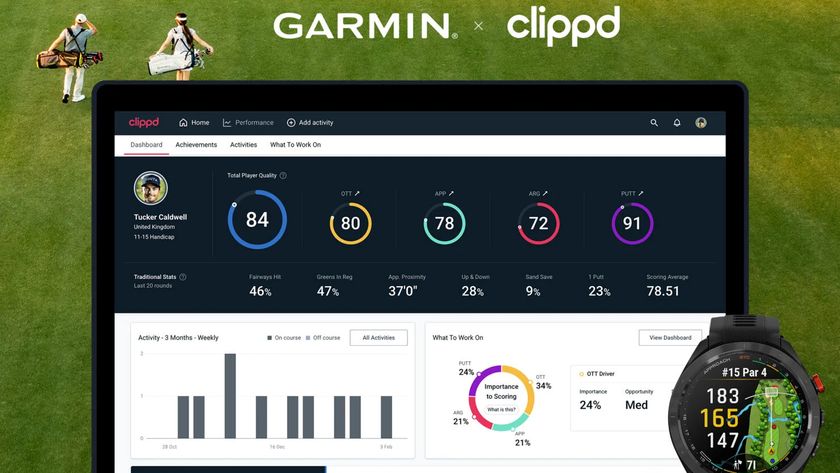Want more hits? Give your site global appeal
Communicate with the world without diluting your brand
Once the site's online, that's far from the end of the story. "Most first-time localisers only think about how to get their translated content up on the site," claims Sargent. "Soon that content's out of date, and they've no process for updating it."
While software exists for making such tasks easier, Sargent underlines the importance of processes. "Companies should set up a manual workflow before trying to automate it," he recommends, wryly adding that you can't automate a process that doesn't exist. "Once participants understand what steps happen when, software can help."
Once you have a site talking to people in dozens of countries, they're going to want to talk to you. If you only have capabilities to deal with your native tongue, the repercussions can be disastrous. As a 'foreigner', lose the confidence of a new market and it'll be hard to win back.
The solution is to have someone on the ground in relevant countries, or to employ in-house expertise for languages you're dealing in. If you can't afford that kind of infrastructure, there are still things you can do. As Hepburn explains: "Social media can help when it comes to global websites. Many sites have users that can be used as experts to help and support."
He cites Facebook as an example of a site with dozens of support communities and networks, but notes that it's feasible to set up something yourself. "For a travel site I worked on, we set up a global blog solution, enabling users to contact people in other countries and in different languages," he says. Instead of paying for content and support, you're providing a means for people to create it – and in their own language.
This kind of crowdsourcing is often highly successful, as long as you fully ensure the systems in place are managed and robust.
The McDonald's effect
Get daily insight, inspiration and deals in your inbox
Sign up for breaking news, reviews, opinion, top tech deals, and more.
The counter-argument to business globalisation is that it forces compromise. To appeal to everyone and avoid offending anyone, design and content must become bland and homogenised, resulting in the digital equivalent of a fast-food burger.
As we've seen, though, a level of local customisation can get around that problem, and Sargent isn't even sure the argument holds much sway anyway. "Many strong brands go global based on national characteristics," he says, citing German engineering companies and Italian design houses that retain national characteristics because that's what makes the brand desirable, regardless of location. "Part of what global consumers seek is tied up in national characteristics: functional Nordic design from Ikea, dependable Japanese quality from Toyota."
According to Sargent, since national brand attributes are often invisible in their home markets, due to being assumed and not distinctive in that environment, they can massively benefit when taken further afield. "And being locally relevant does not require you to strip away your natural colouring," he says. "As you leave your home market, comport your brand as a representative of your home country. Be self-aware. Strengthen your brand with one or more attributes from the tried and true arsenal of national identity. Make it part of your appeal."
Going global is more than slapping some flags and translated text on to a website. It's a tough proposition of balancing local and international needs; of retaining what makes a brand work but also ensuring it speaks to everyone positively.
You must take on all the core values of a standard website – strong branding, consistent design, relevance – and also address region-specific requirements. Get it right and you've a vehicle for tapping into minds and wallets worldwide, rather than just the ones outside your local virtual door.
-------------------------------------------------------------------------------------------------------
You might also like Tomorrow's trends in web design revealed
First published in .net, Issue 186
Sign up for the free weekly TechRadar newsletter
Get tech news delivered straight to your inbox. Register for the free TechRadar newsletter and stay on top of the week's biggest stories and product releases. Sign up at http://www.techradar.com/register




















